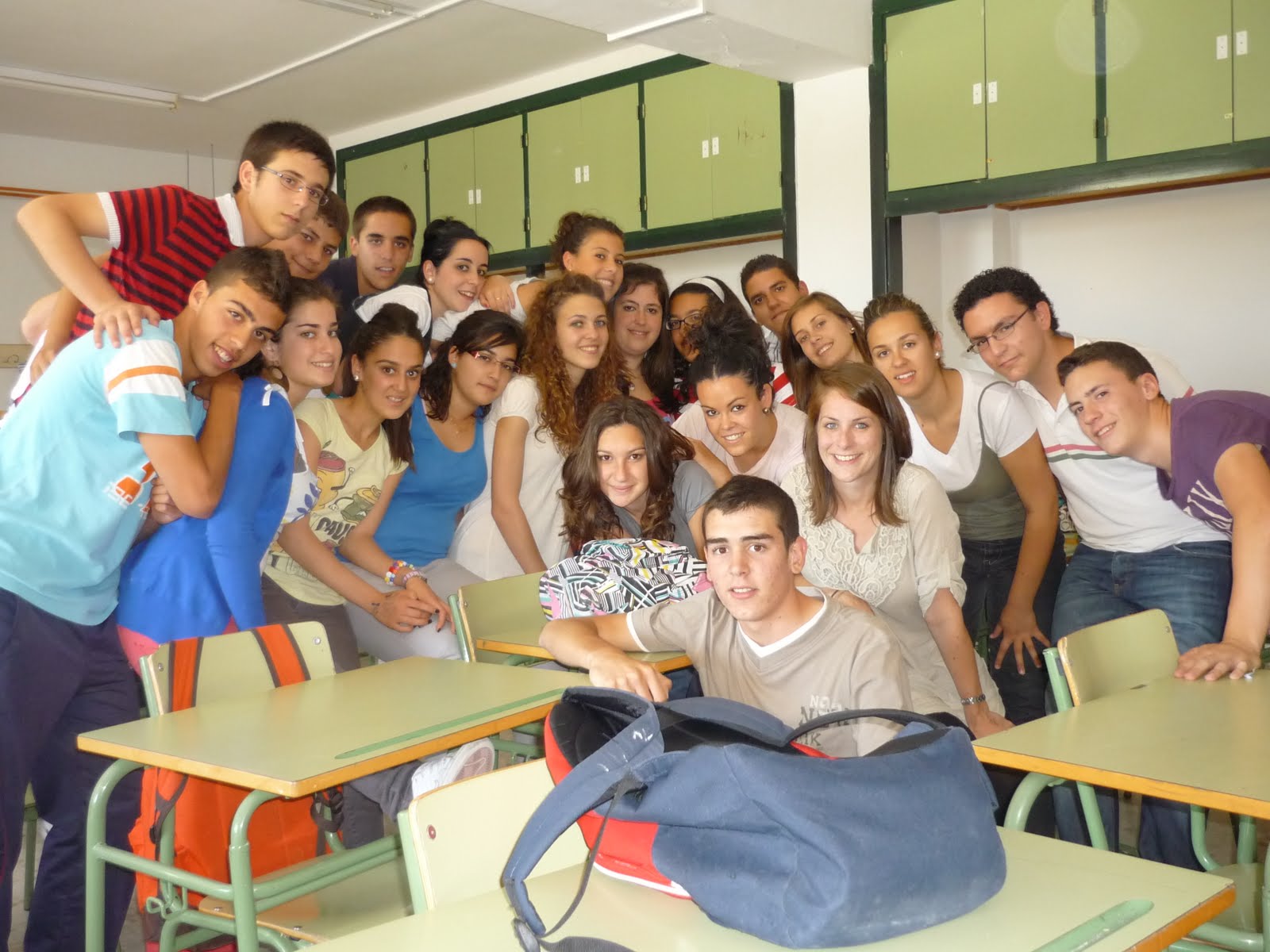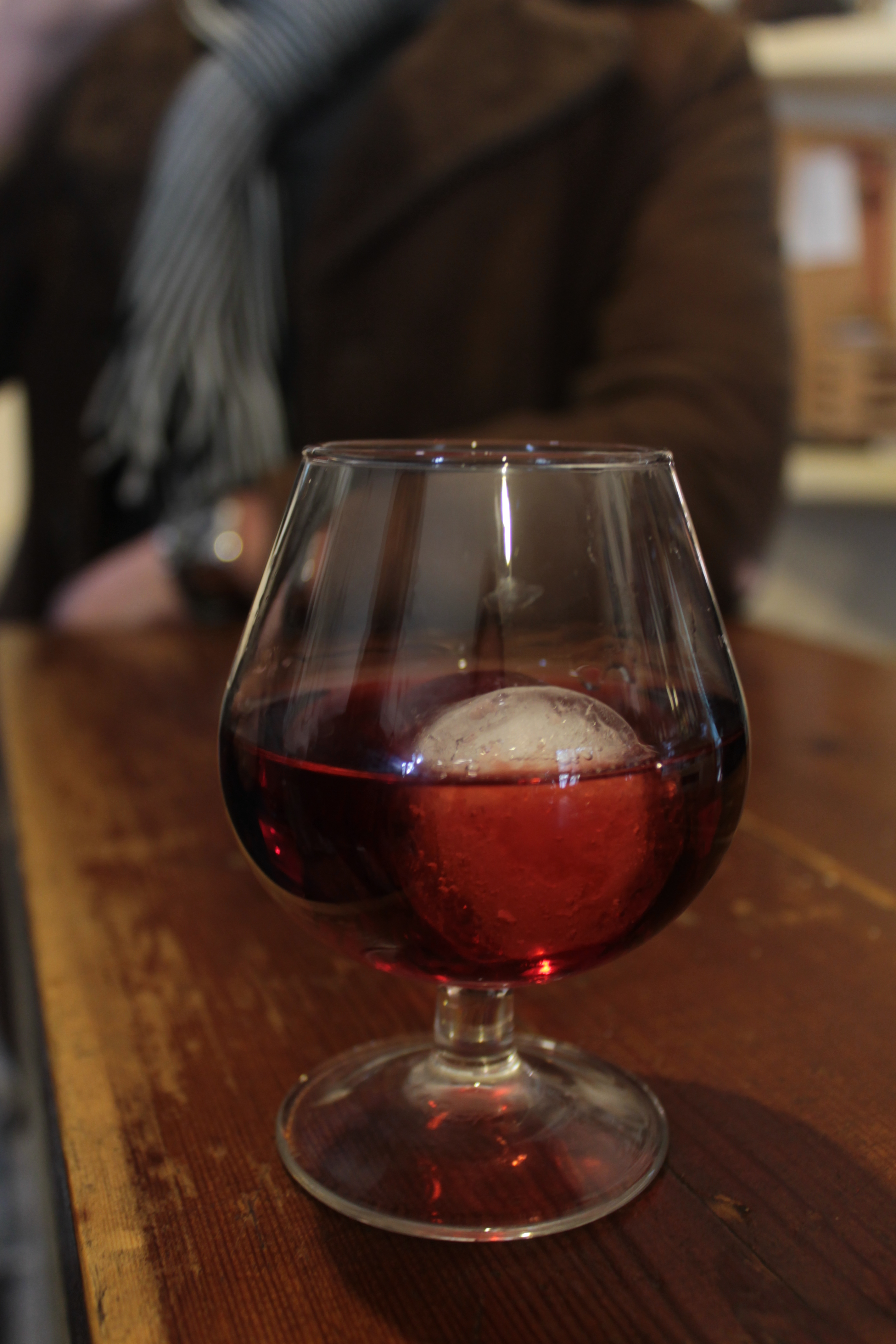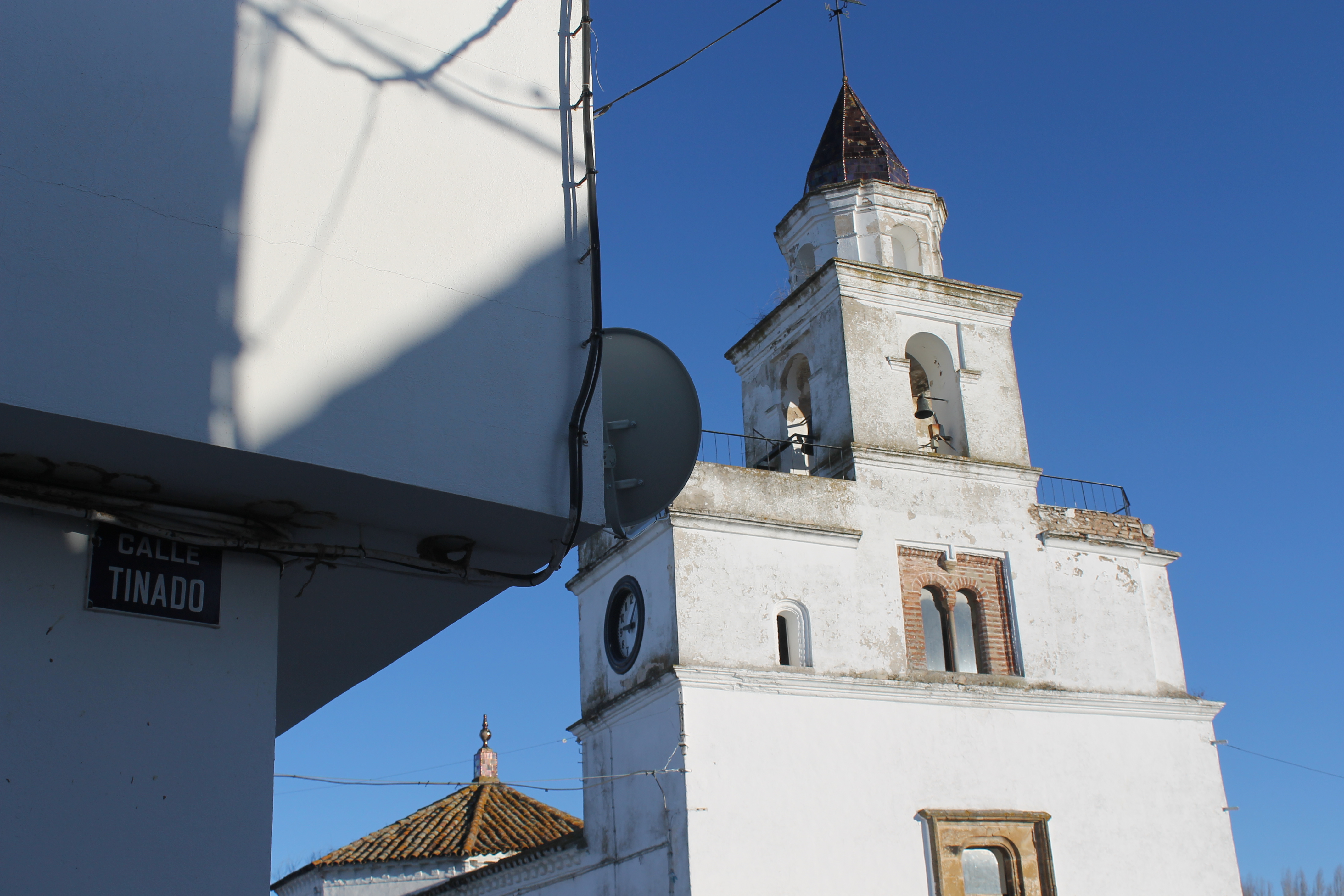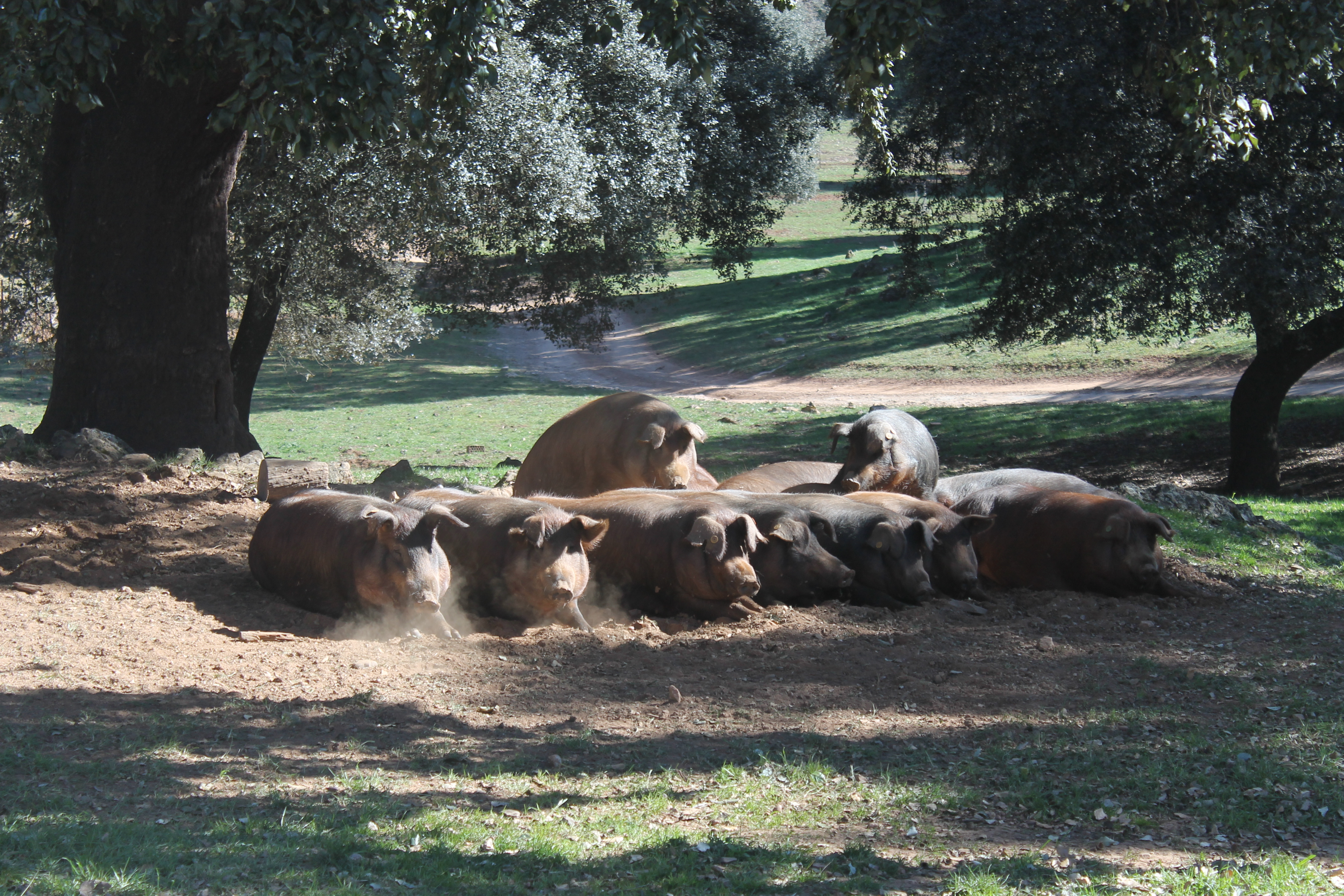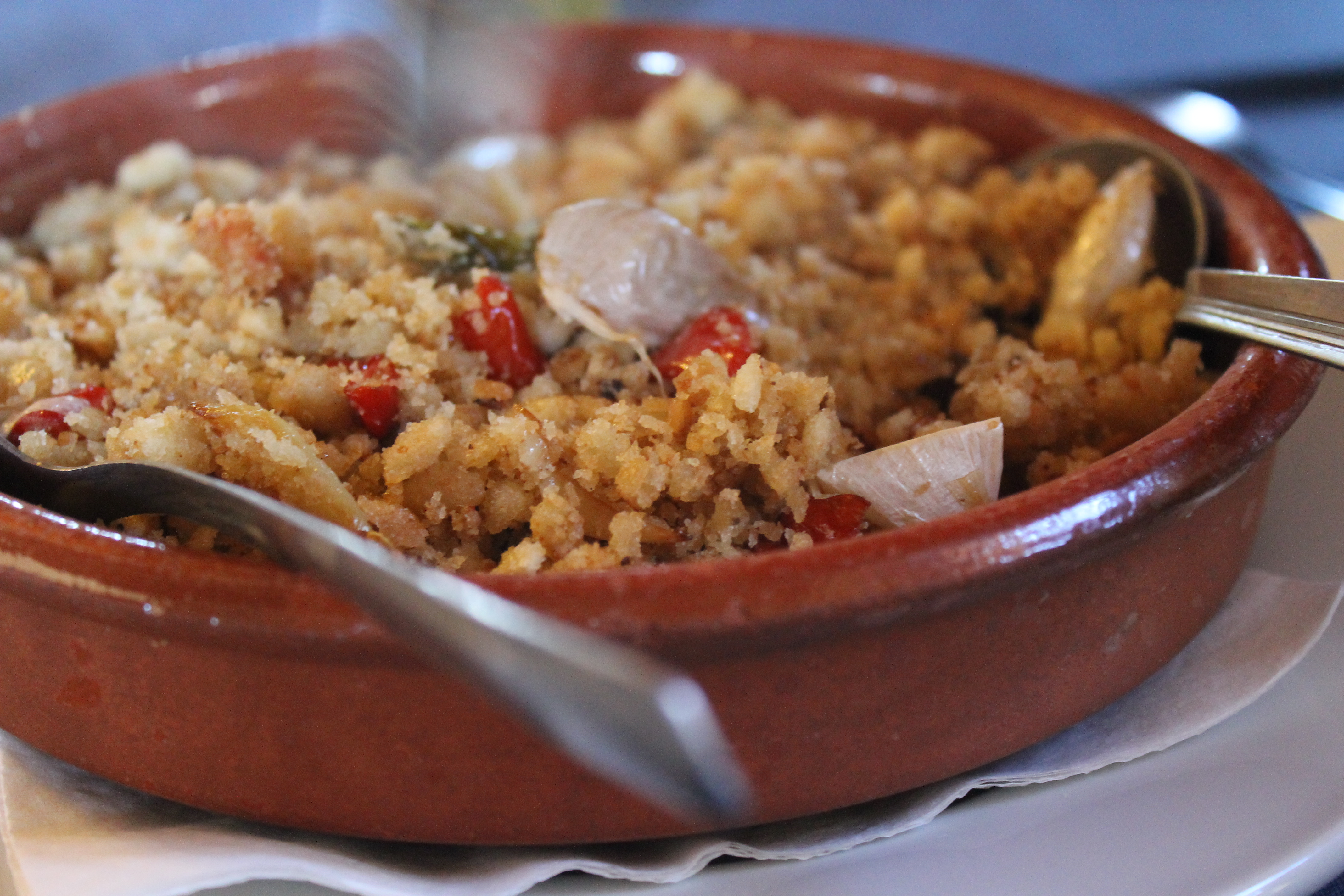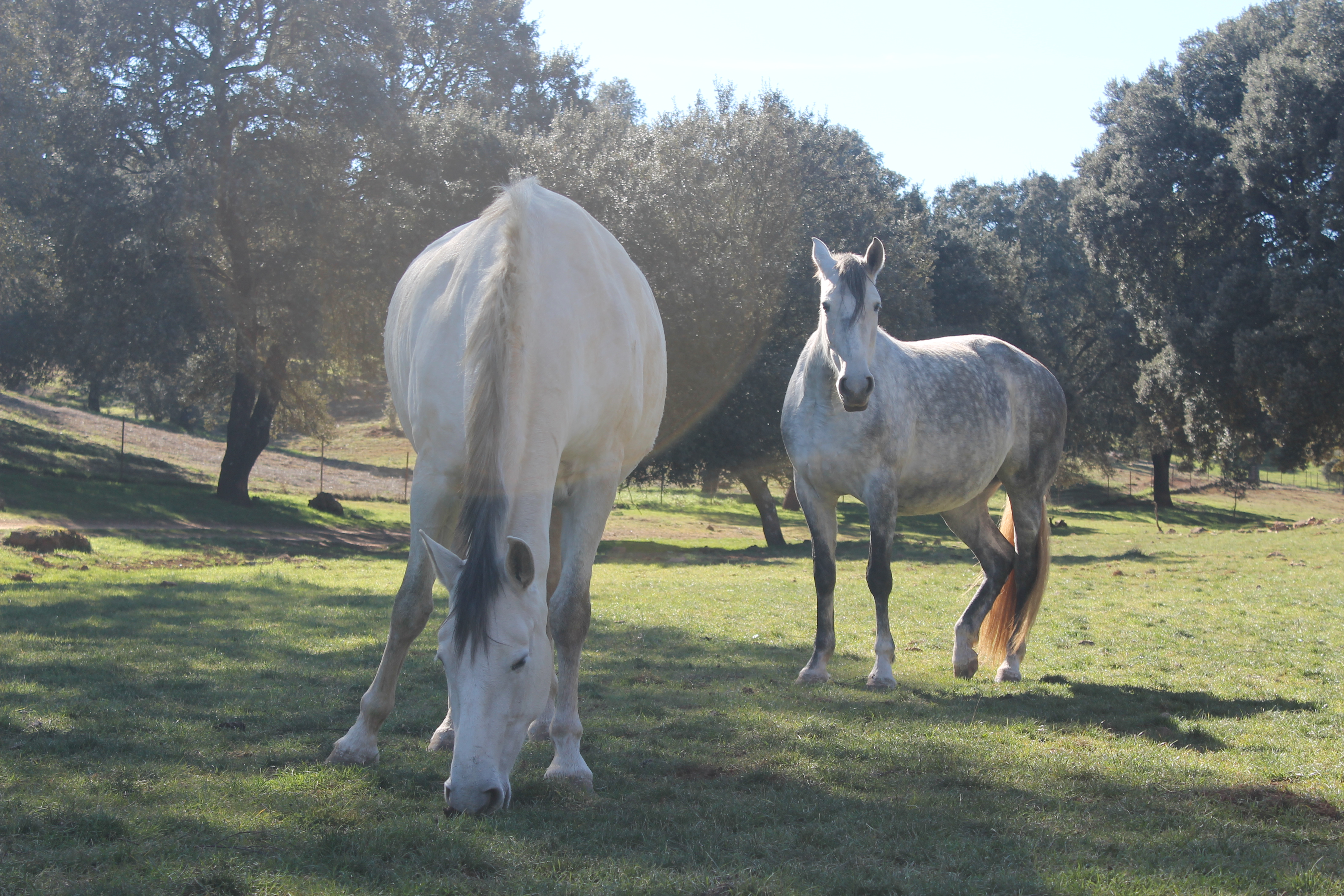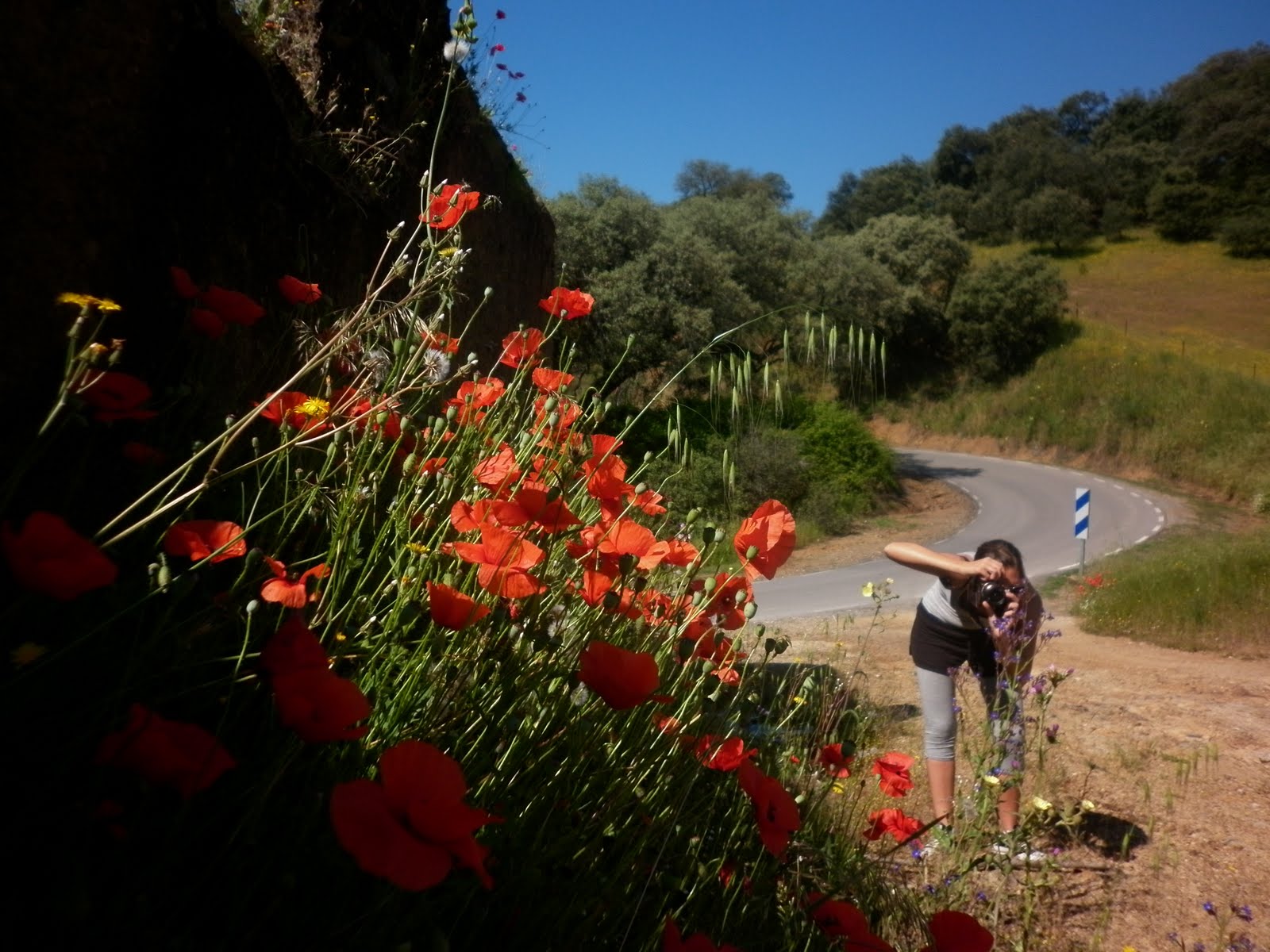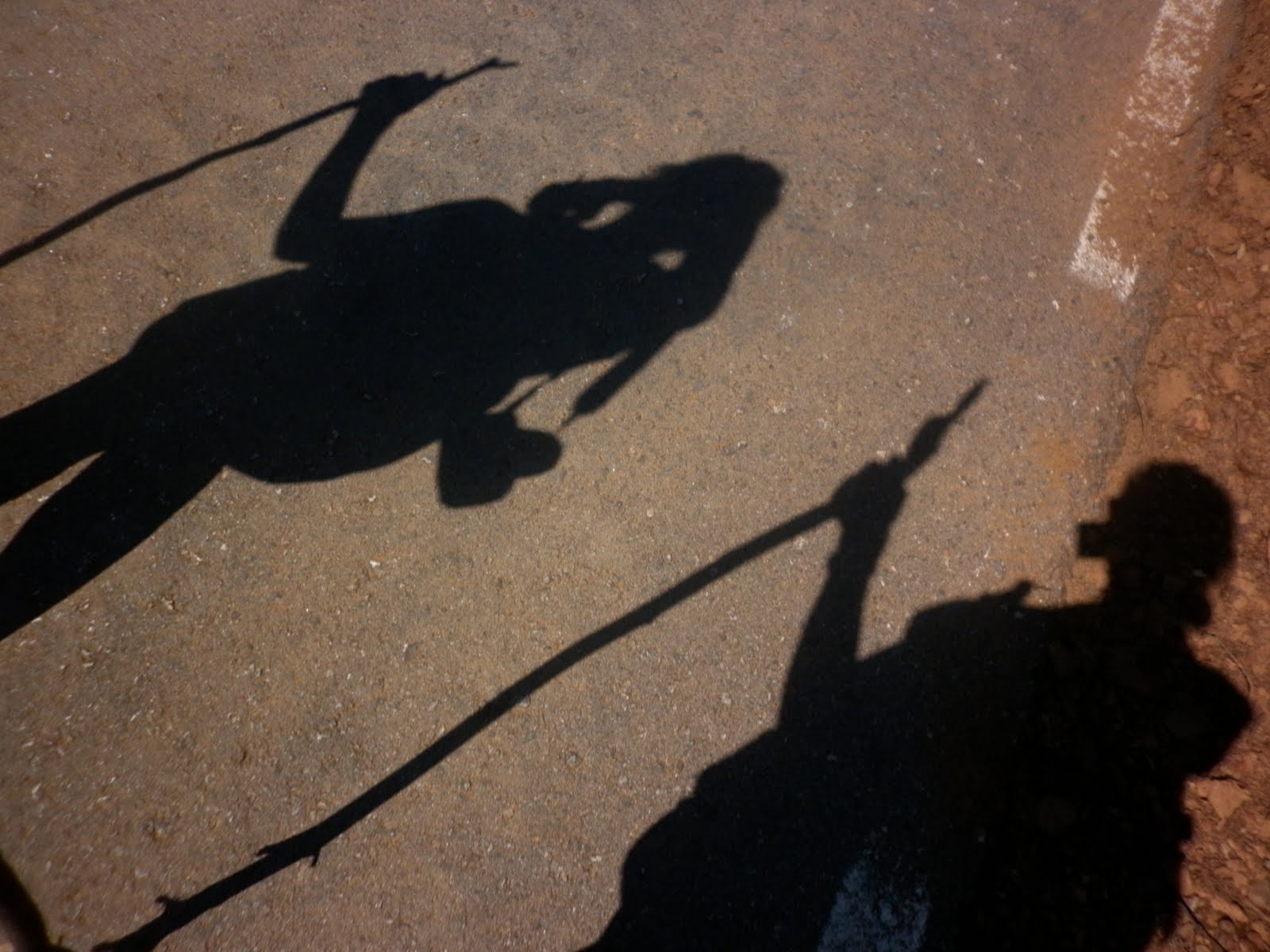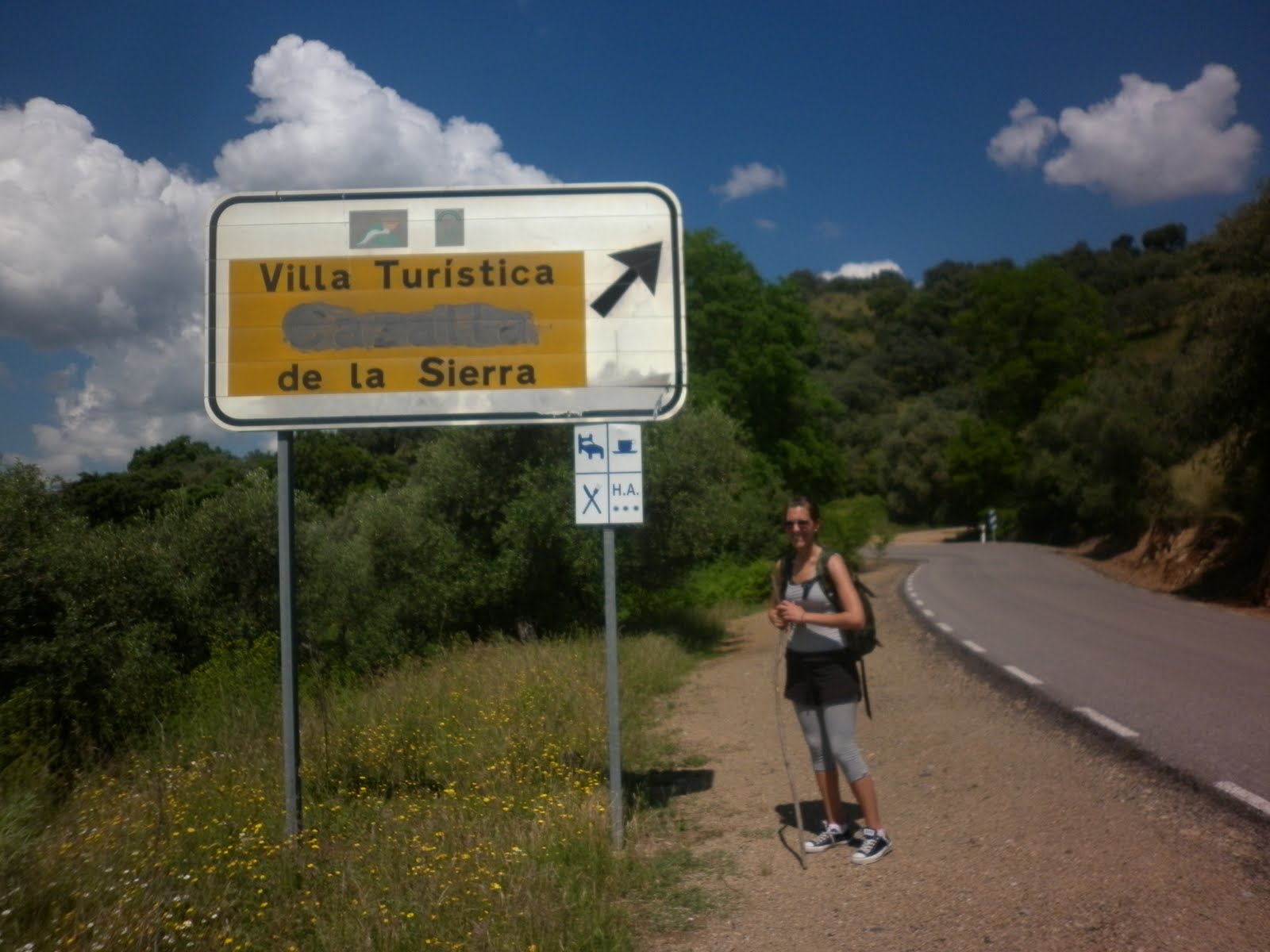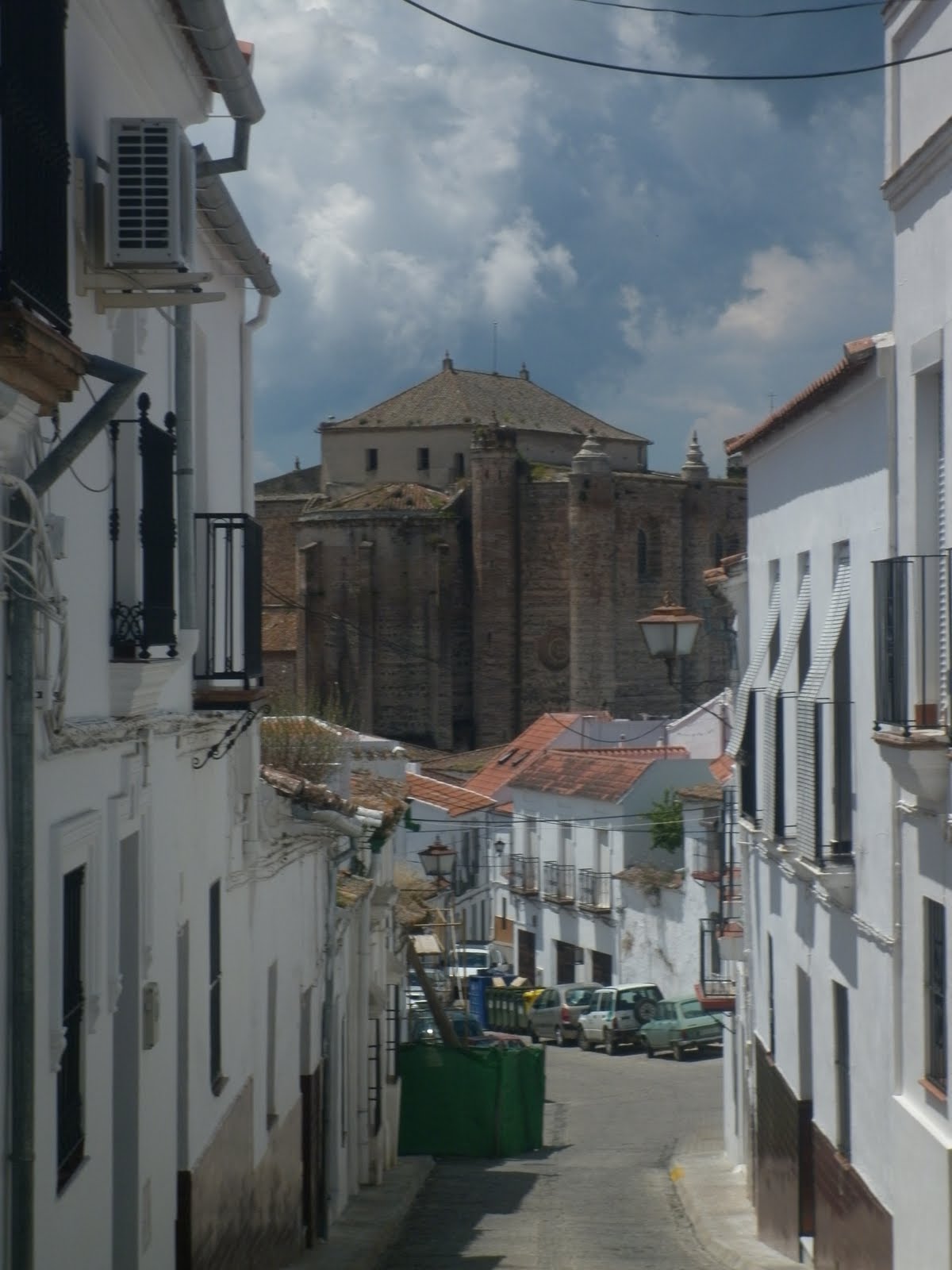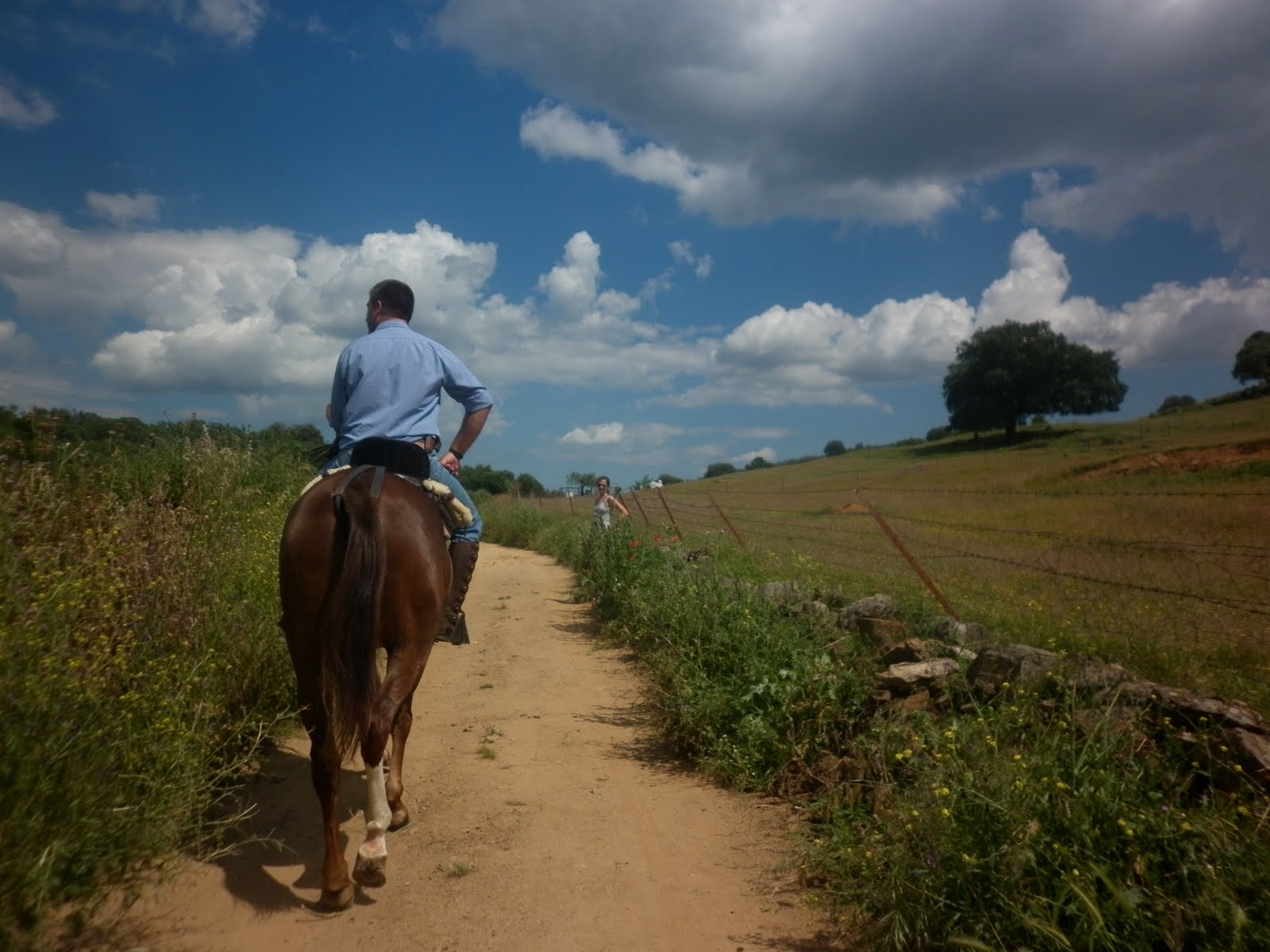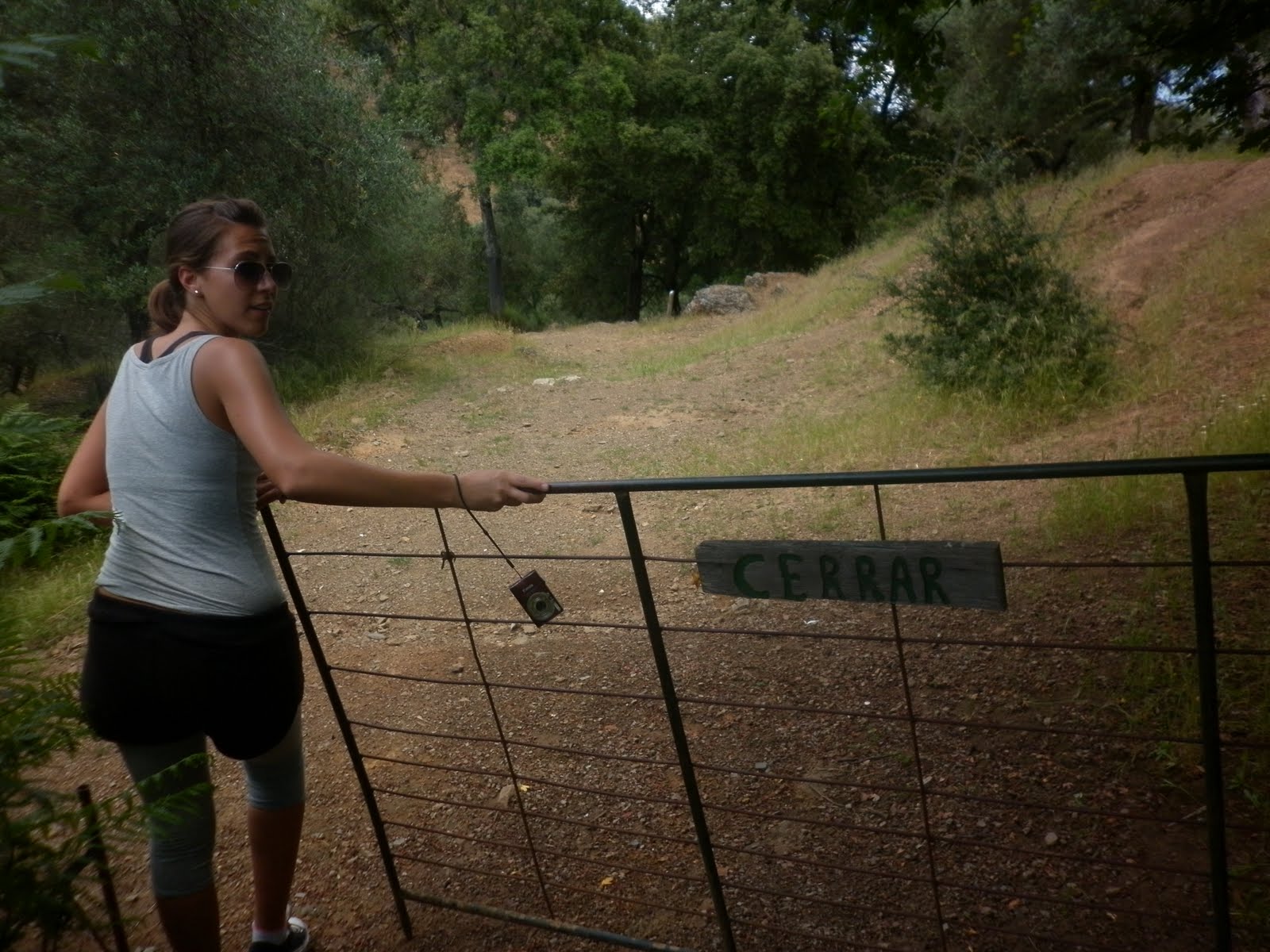Everyone in Spain is, sorry to tell you, not fútbol– or flamenco-obsessed. Not everyone in Spain loves jamón. Not everyone in Spain speaks Castillian. But, yes, everyone in Spain has a pueblo (and not-so-secretly loves it).
I learned this during my second year at IES Heliche. While discussing holidays (summer vacation for you gringos), I asked if anyone was going to a second home of theirs. Virtually all Andalusian families spend their summer months away from the sweltering cities at the hundreds of kilometers of coastline down here, so I expected to hear names of beaches within an hour’s drive (for the record, the lack of beaches is one of my extreme dislikes about Sevilla, along with the ever-shrinking airport and lack of live music – the good ones, I mean).
Nearly everyone in Olivares listed their summertime destination as Olivares. Like the ones below:
Ok, I assumed, there’s a financial crisis, and it’s likely that people are sticking around their hometowns, trying to stay in the shade. Qué no, the olivareños were simply moving house across town to their parcela – or little shack houses – with pools. Why leave your pueblo when all of your friends are around?
En fin, the pueblo is to Spaniards as our dogs are to Americans.
For ages, Ismael and I considered Olivares to be our pueblo, but I don’t feel the same way about Olivares as I do Kike’s town, San Nicolás del Puerto. With 700 inhabitants, this town is totally pueblarino and found high in the Sierra Norte de Sevilla.
While nothing can compare to a city as vibrant, folkloric and beautiful as Sevilla, I do love my pueblo time.
Cheers (with cough syrup)
The Sierra is home to several specialties, including the Miura brand anís flavored with guindas – a small, red cherry. I personally think it tastes like cough syrup and haven’t had so much as a sip for years. Still, bottles of the rojo líquido are consumed most often in the Sierra as an after-meal drink.
The Sierra’s crowning gem is Cazalla de la Sierra, a breathtaking pueblo blanco full of old men and wine cellars. Monica and I ended up here after hiking the Vía Verde last Spring, and this is where the famous anís is produced, bottled and packaged. I tend to refer to anís as a grandpa drink (see here and see also: Monica’s love for old men and their attraction for her), but the serranos guzzle it down, served in a stout, bell-shapped glass with just one ice cube. Ask for un miura con un hielito and you’re set.
Sierra-Style Soirees
One of my favorite times to visit the pueblo is during their ferias, fiestas and romerías, all in the name of tourism, saints and, well, fun. San Nicolás is the birthplace of San Diego, and just about every male in the town is named after him (and the Novio wants his third child to be a flesh and bone sacrifice to him, too. Honest.) My pueblo is famous for its Halloween in July, Carnaval celebrations, Romería – a kind of pilgrimage to a hermitage – and the same día de San Diego.
Here’s an excerpt from a blog I wrote after my first San Diego:
After my usual siesta in Kike’s childhood bed, I took the main road in to its intersection with the main road out. There, sandwiched between the houses on Calle Diego, next to my favorite bar, was a charranga in full-swing and scores of small Diegos running around. The nearby owner of the camping, Diego (duh), welcomed me with a beer and I sang him the customary saint day song (Many children in Spain also receive gifts on the day the feast of the saint which bears their name is celebrated. San Enrique, for example, is July 13th. To my knowledge, there is no Saint Cat!), taught to me recently by my babies at school. The town was fuller than ever – Inma came from Córdoba to see her mother and ask that her son be baptised in the same church as she and other generations in her family had, and an old friend of Kike’s, María José, brought her small children and husband for the first time. The bailes, typically held on Saturday, were cut short due to the early morning parade to follow the next day.
Small town festivals are often more raucous, more inviting and even more fun than the Fallas, San Isidro and Feria that Spain has become famous for.
Jamón, Jamón
Ask anyone what’s to be found in the Sierra, and the answer is undoubtedly JAMON. Spain’s great meat reigns king, and the famous Iberian ham is raised right in the mountains that run along the border of Andalucía and Extremadura. Kike’s father makes a living off of raising and selling pigs to the local matadero, so we have a leg of ham – hoof and all – in our house nearly every day of the year. While I can’t say I loved jamón when I came to Spain, the taste has certainly grown on me.
There are two types of pigs raised in the Peninsula – serrano and ibérico. The difference lies in both the color and the feed, which give the paletillas and patas their distinctive taste. Regardless, both varieties are trimmed, dipped in salt and hung to dry for up to two years before being sliced in thin rations for consumption. Ibérico’s pata negra is considered a delicacy for many palates, and its taste comes from – lo juro – the acrons the pigs munch on. Exportation has increased with relaxed laws in the US for serrano hams, but the minute I can have a real slice of guarrito in Chicago, I’ll feel like my parents can finally taste a part of the pueblo closest to my corazón.
Gastronomic Gems
Speaking of jamón, the food in the Sierra couldn’t be better: from guisos made by grandma to fresh chorizo and goat cheese, I always eat well in the pueblos. In San Nicolás, where tourism is slow – save the bikers and horseback riders among the Vía Verde – there’s no plethora of restaurants to choose from. In a normal weekend visit, we can hit all of them, and often venture into neighboring villages Alanís de la Sierra and Constantina for a meal, too.
By far the best eatery in the vicinity is Batán de las Monjas, a rustic-style restaurant owned by Diego. Part homestyle restaurant, part new-age dining (Diego’s son studied at a culinary school in NYC and now is one of the lead chefs at Seville’s famous La Bulla), the place oozes pueblo charm is the resting place for the livery that feasts off of bellota in hills surrounding the village. Typical prices for entrées are will run about 7€, so it’s easy to fill up for cheap. The migas in winter and creamy gazpacho in summer have won my heart, and Diego and his family always make me feel at home – even when not with the Novio!
A Cambio de Aires
San Nicolás has a truly privileged location, not only for its livestock, but also for its outdoor offerings. A Via Verde trail slices around the southern end of the village, making it accessible for bikers, hikers and riders. It’s normal to see bikes leaned up against Enrique’s bar on a sunny Sunday morning, giving the town an added tourism boost for the smattering of bars and eateries. There’s hills to climb, waterfalls to admire, a Roman bridge to jump from, wildlife galore and some of the warmest and down-home people you’ll ever meet. I’ve always felt like one more Marucha when I’m in San Nicolás, and for good reason – I’m accepted as one.
Have you got your own pueblo? What’s your favorite, FAVORITE thing about it? Been to the Sierra Norte de Sevilla? Tell me what to do next time!
